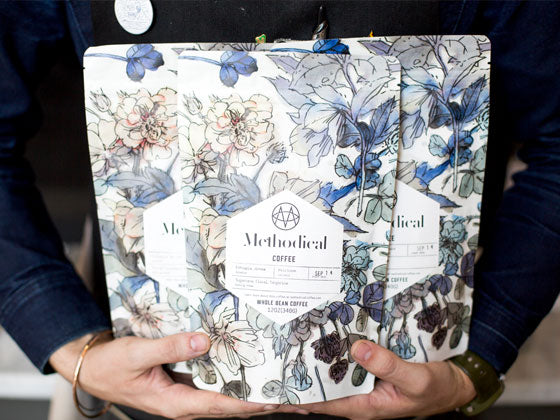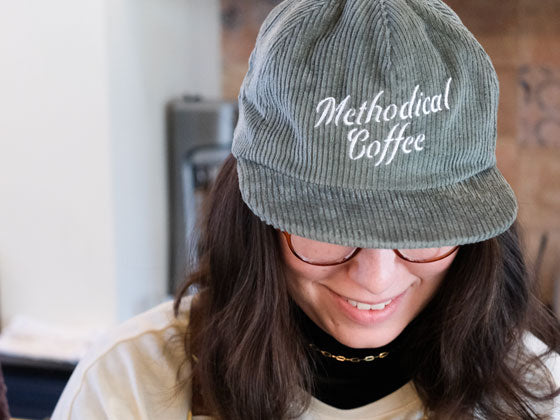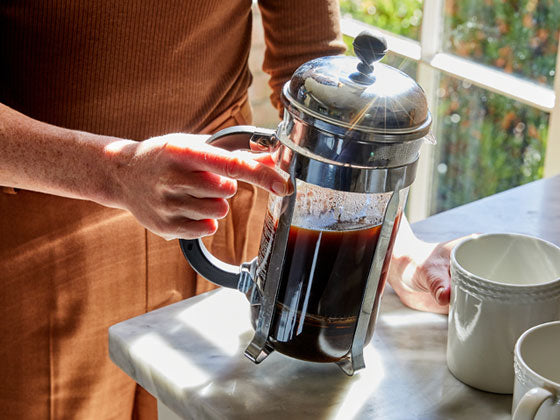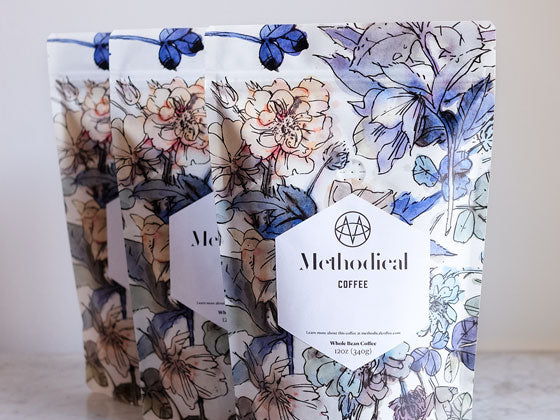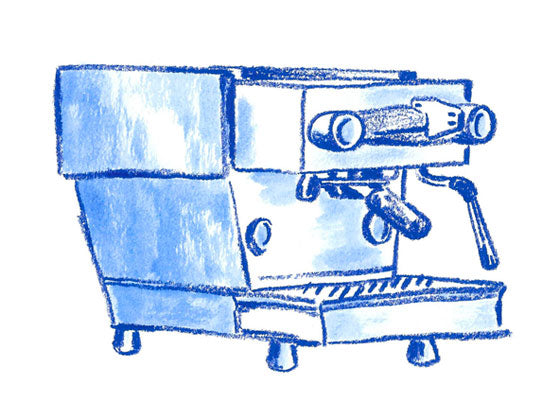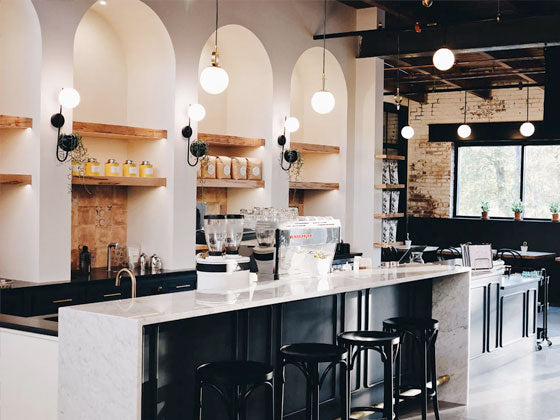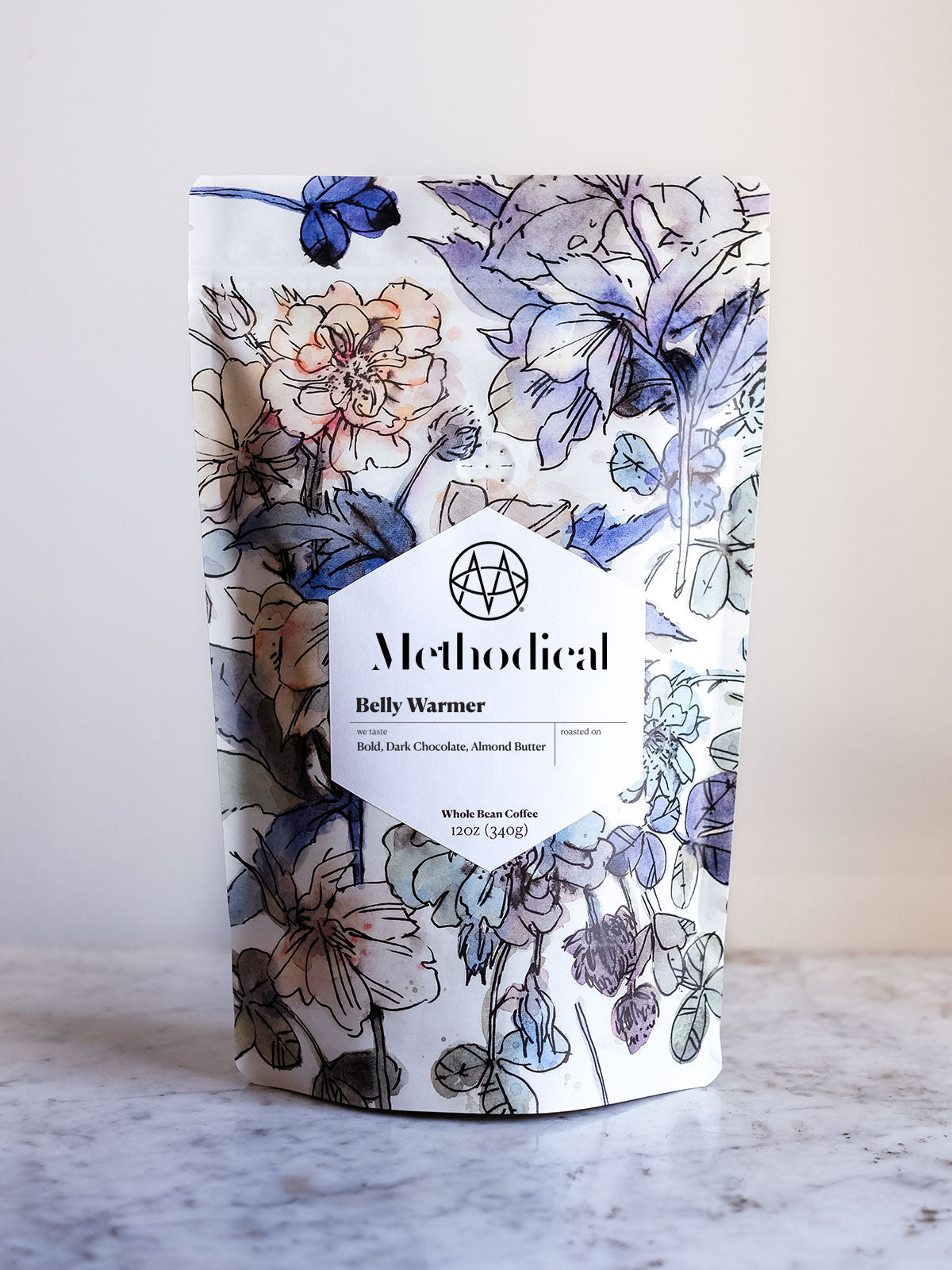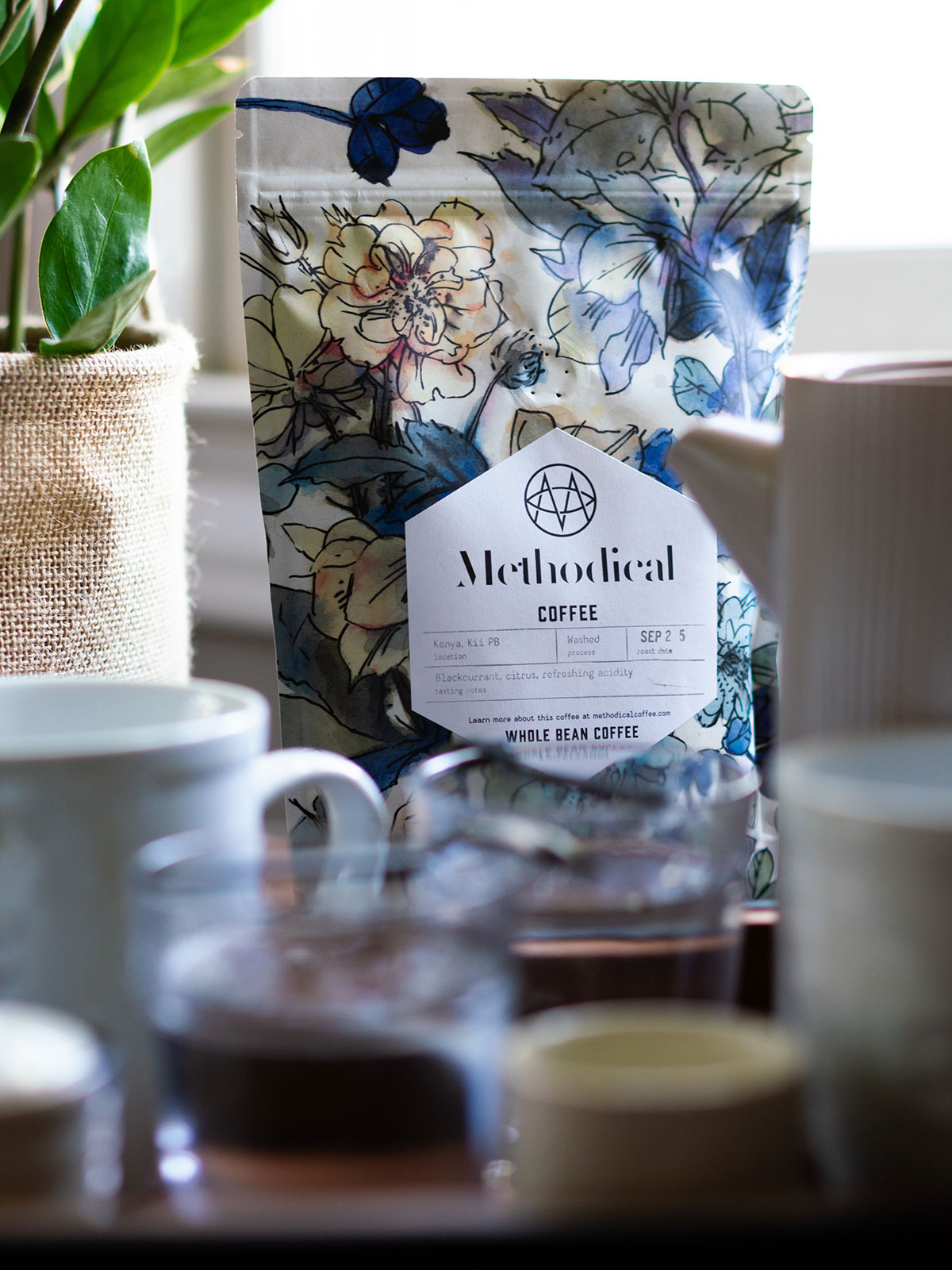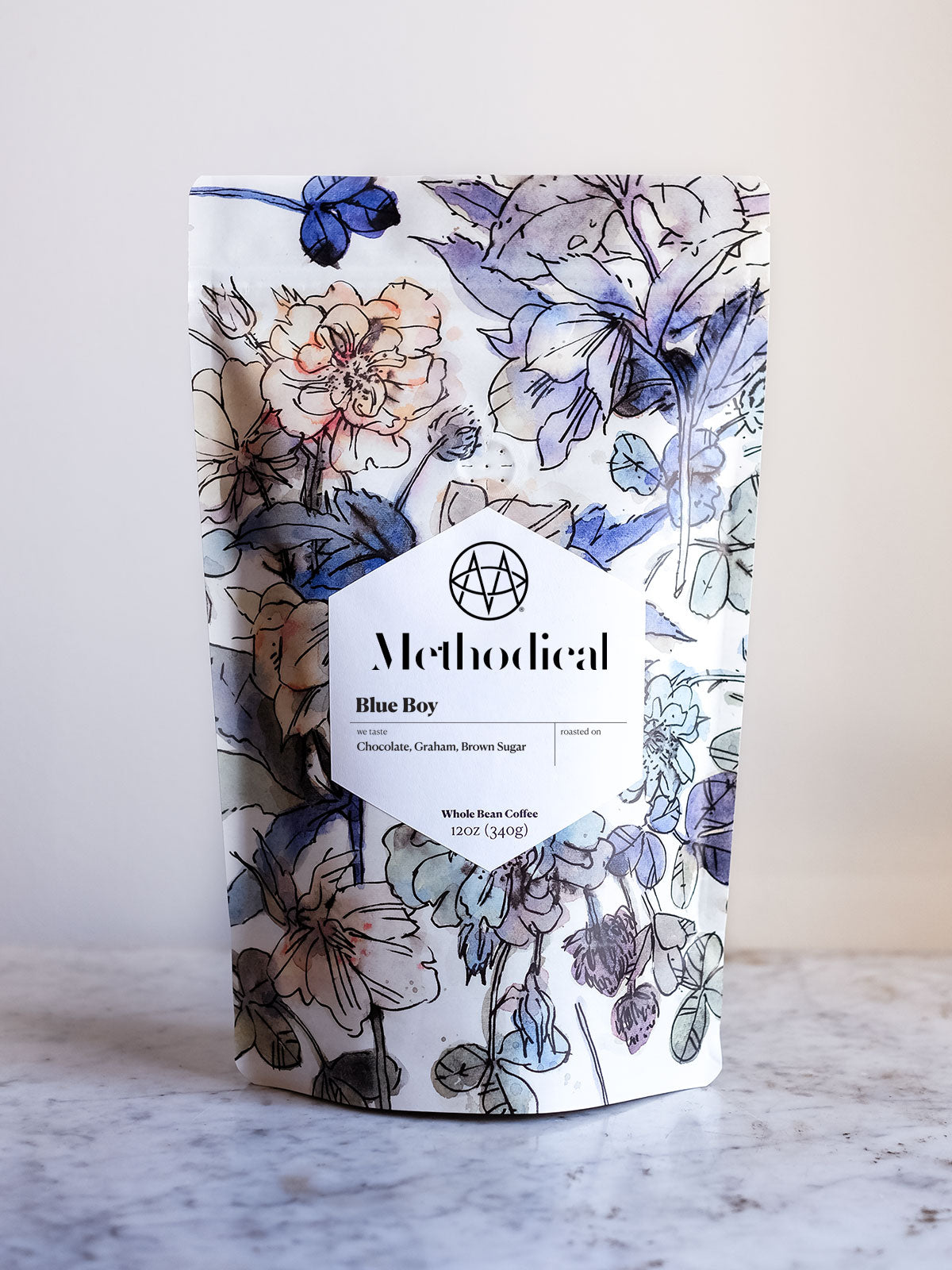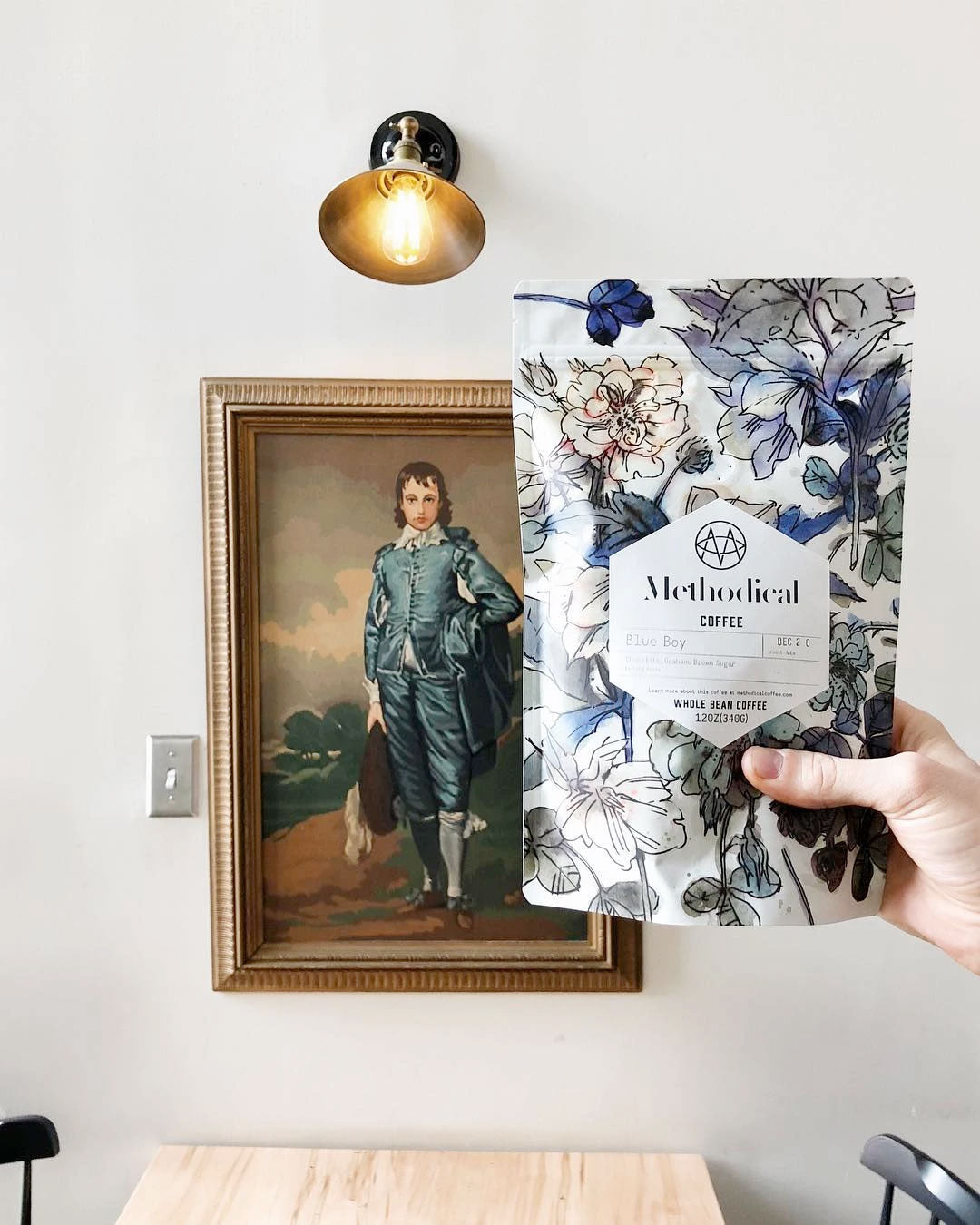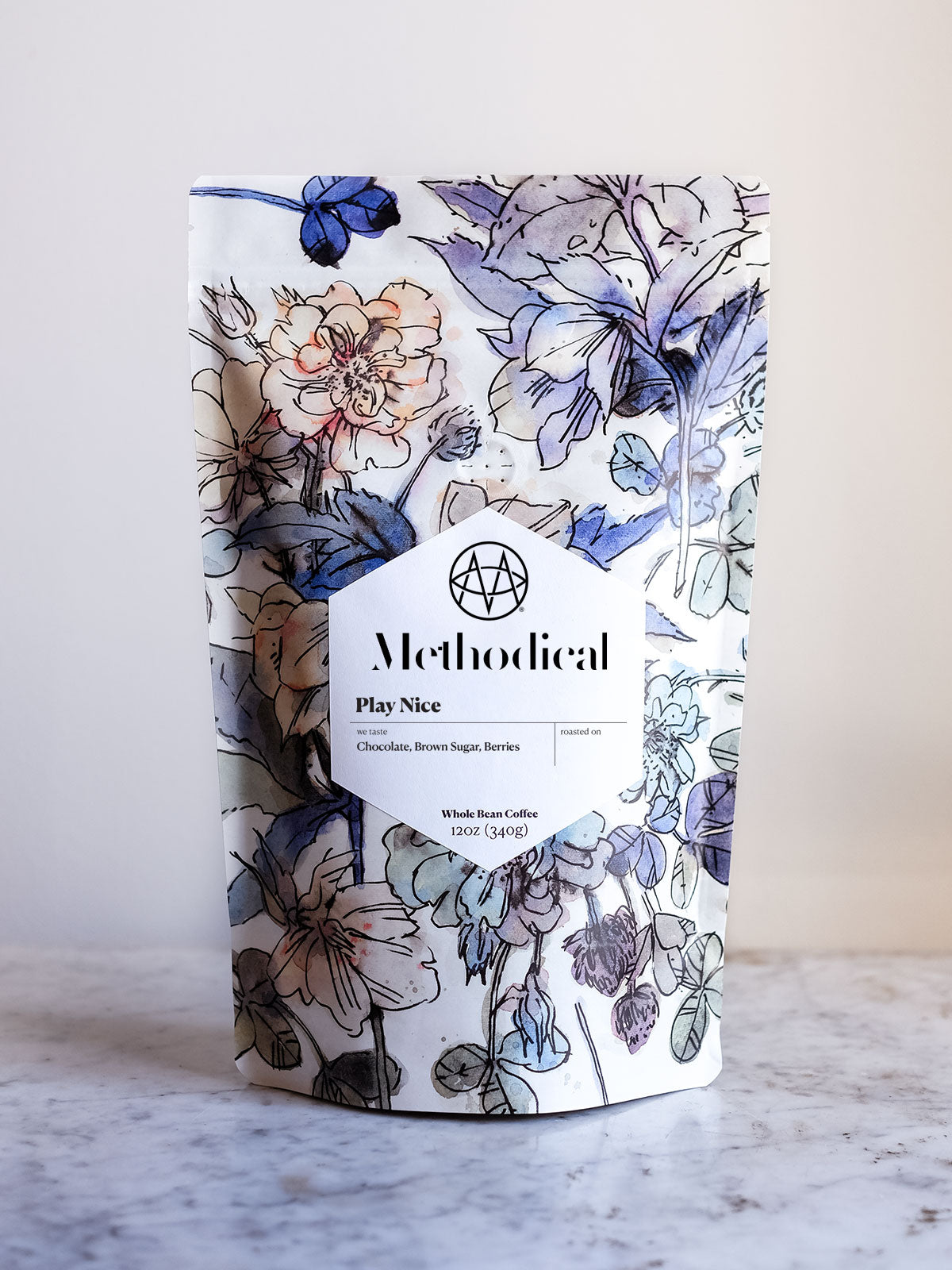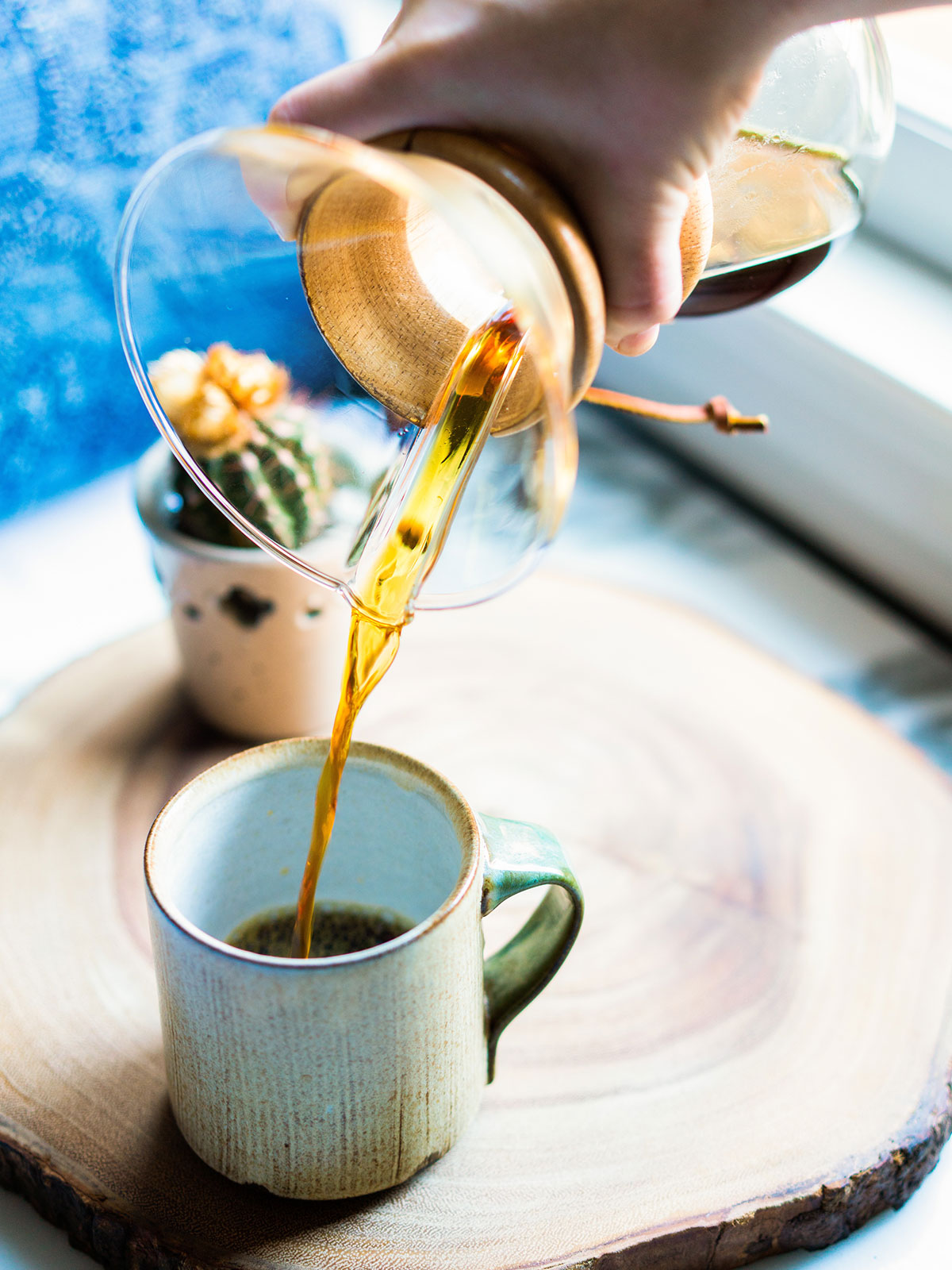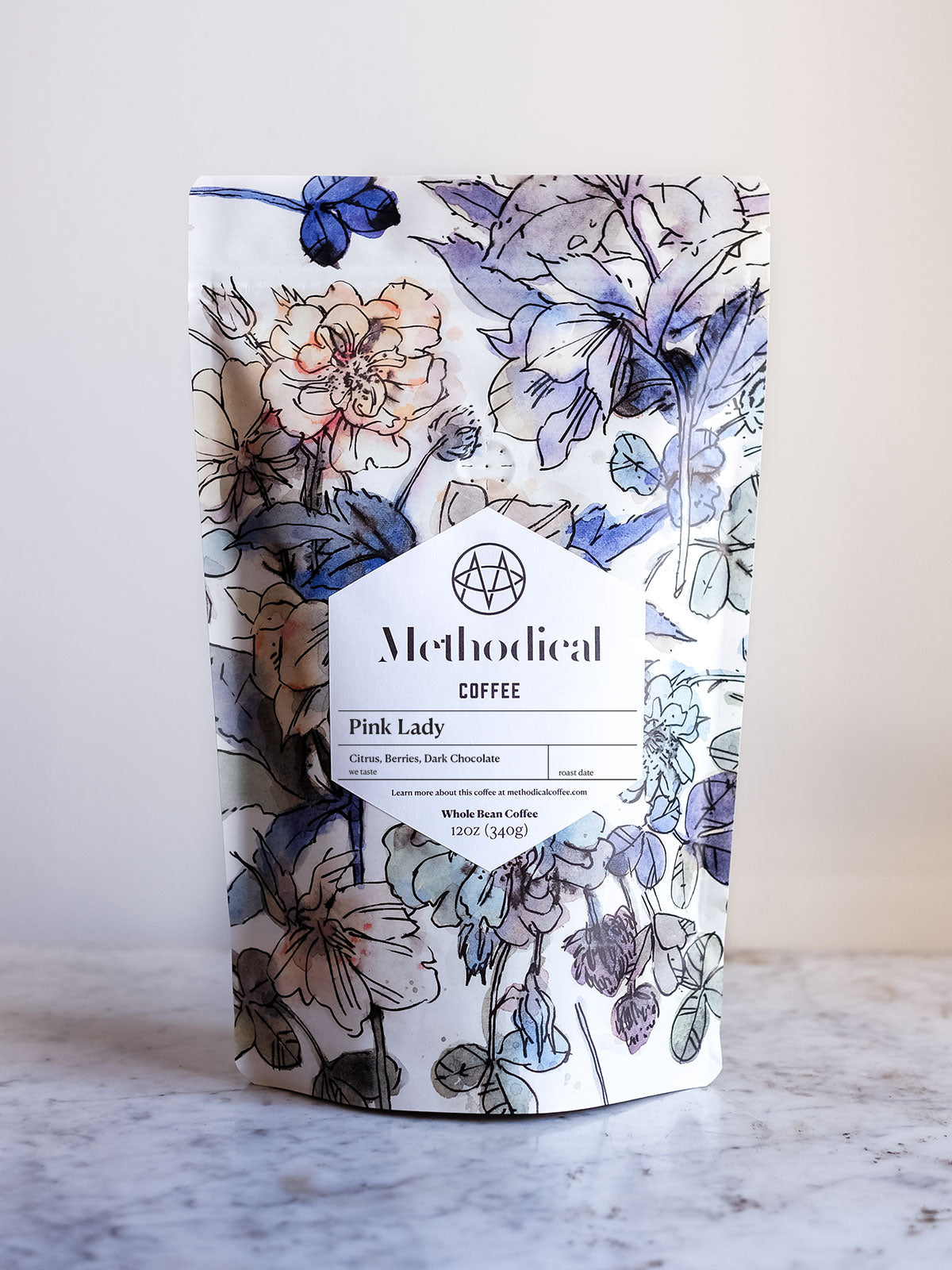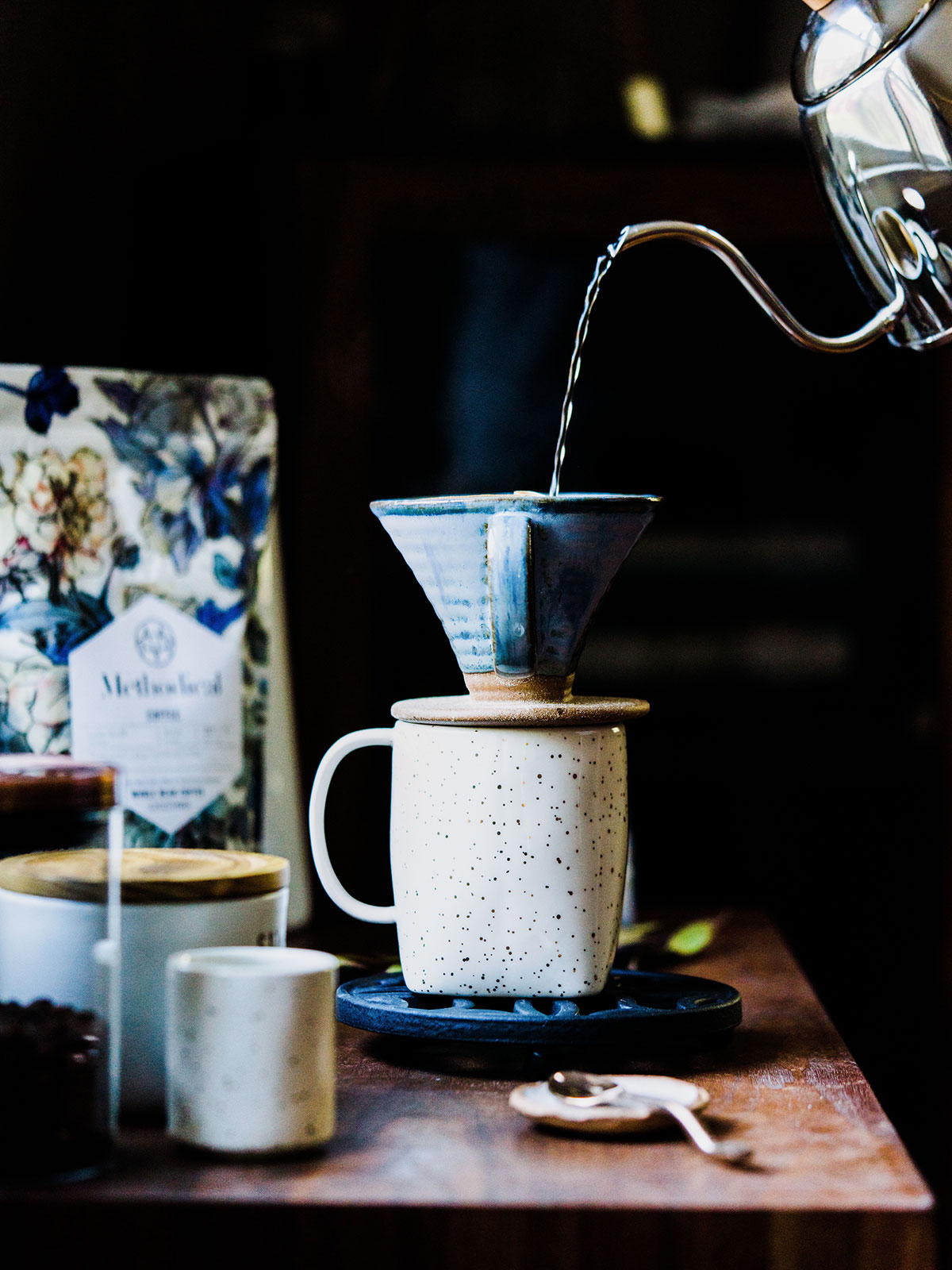Tea is the elixir of life,” according to the father of Japanese tea, Buddhist monk Eisai. There’s much to learn about this seemingly simple drink, enjoyed as a morning or afternoon ritual in much of the world. For starters, there are a variety of different types of teas and different ways to drink them. You may have heard of green tea and black tea, but do you know what makes them different? Even as avid tea drinkers ourselves, we are still learning about this treasured drink. Let’s take a closer look at tea, including where it comes from, the different types of tea, and how teas are prepared for you to enjoy.
What Is Tea?
Tea is a product of the camellia plant. It originated in southern China thousands of years ago. There are two main varieties: sinensis and assamica. The sinensis variety is most frequently in our cup. Assamica, which mostly grows in India, is more robust than sinensis, with larger leaves. These two varieties are divided into subvarieties and cultivars, each with a particular nuance to the flavor of the tea. The way the leaves are harvested and processed and the level of oxidation impact the flavor and color as well — thus the complexity of tea. Each type of tea has its own signature characteristics, but every cup of tea tastes slightly different.
The Difference Between Loose Tea and a Tea Bag
Growing up, didn’t you think tea was something that came in a bag? As you’ve gotten older and learned more about tea, you’ve likely learned that tea can be purchased loose or in a bag.
What’s the difference? Well, generally speaking, loose tea is of a much higher quality. That’s not to say you can’t get a good cup of tea from a bag, but to enjoy a great cup of tea, you’ll want to try loose tea. Sure, it may take a little getting used to, but you can smell and taste the difference. Give it a try — take a sniff of a tea bag, and then open a canister of loose tea and smell. Before even tasting it, you’ll notice a difference.
Does All Tea Have Caffeine?
The camellia plant contains caffeine naturally, so all brewed tea contains caffeine. Cooler water and shorter steeping time extract less caffeine, so white and green teas typically have less caffeine when prepared as recommended. The hotter water and longer steeping time used for black and oolong teas draw out more caffeine.
So what about herbal teas? Well, herbal teas like peppermint and chamomile contain no caffeine. That’s because these aren’t technically tea at all! They aren’t made from the camellia plant; instead, they are made from roots, dried flowers, and seeds.
Different Types of Tea
There are six different kinds of tea that people drink. Here is the list of tea varieties, including where they are from, how they are harvested, and the level of caffeine in a cup.
1. Black tea
Black tea is the kind that most people are familiar with. It’s what you’ll typically find in the grocery store, including popular blends like English Breakfast. Black tea is mostly produced in India and China. Tea leaves are harvested, dried, oxidized, then lightly crushed, and the brew is an amber color with a strong and robust flavor. It’s relatively high in caffeine and contains around half the caffeine of a cup of coffee.
Try our Breakfast Tea
2. White tea
White tea is lesser-known, but it’s enjoyed by many. White Peony and Bashan Silver Tip are popular white teas. It’s mostly produced in the Fujian province of China. White tea is minimally processed before it’s dried and packaged, and the oxidation is also minimal. White tea tends to be very low in caffeine, and it has a mild flavor with a light body. If you want to enjoy tea, but black tea is too bold for your taste, white tea is a great one to try.
Try our Ma Wei Moonlight
3. Green tea
Green tea has become much more popular in recent years, and some favorites are Gunpowder and Sencha. It’s mostly produced in Japan and China. When green tea is harvested, it’s immediately pan-fired or steamed to stop oxidation, which gives the leaves a bright green color. The tea has a light body and mild taste, and the brew is pale green or gold. It has less caffeine than black tea and around a quarter of the amount found in coffee.
Try our Mao Feng
4. Oolong tea
Oolong tea is what you generally get in Chinese restaurants, though you don’t need to go to one to enjoy it. It’s mostly produced in China and Taiwan. The tea leaves are partially oxidized when they are harvested and wilted, and there can be a wide range of flavor. You’ll find it can range between black and green tea in terms of color, taste, and caffeination.
Try our Milk Oolong Tea
5. Yellow tea
Yellow tea is rare, so you may not have heard of it. It’s usually from China. After it’s harvested, it’s sealed in a closed container and lightly heated, which causes the leaves to sweat and turn yellow. It’s not oxidized at all. The taste is mild, somewhere between green tea and white tea. A cup of yellow tea often has the same or more caffeine than a cup of black tea, but usually less than a cup of coffee.
6. Pu-erh tea
Pu-erh tea, or post-fermented tea, is an aged and partially fermented tea from the Yunnan province of China. Leaves are harvested, dried, then fermented, and often stored underground for several years. It’s known for having a distinctively rich and earthy flavor. Pu-erh is similar to black tea in its full-bodied taste and caffeination, though it can be quite expensive relative to other teas.
Tea Processing Methods
For each of the six types of teas, different processing methods are applied to achieve a different quality in the cup.
- Withering: Withering removes excess water from tea leaves and allows for slight oxidization. The conditions for withering, which mostly come down to temperature and humidity, will depend on the growing region, the climate, and the intended outcome.
- Fixation: Also called “Killgreen”, fixation will stop oxidization at an intended level without damaging the flavor of the tea. Traditionally this has been done by steaming or panning via wok, but it’s typically done in a rolling drum.
- Oxidization: Oxidization is, quite simply, exposing tea leaves to oxygen for an extended time. When teas are oxidized, they are left in a climate-controlled room, breaking down chlorophyll and releasing tannins.
- Yellowing: As you might guess, this process is solely used to make yellow teas. After fixation, the tea leaves are sealed in a closed container and then lightly heated, causing the leaves to sweat and turn yellow. The chemical changes during yellowing lend a mellowness to the cup.
- Drying: When all other processes have been applied to a tea, it’s ready to be dried. Most teas are dried by baking, though other methods include sun-drying and air-drying.
- Aging: Some teas such as Pu-erh or certain oolongs, are additionally aged, baked, or fermented.
Each little leaf can undergo a world of change and come out on the other side as nuanced as can be. Green teas can be light and sweet or contain more vegetal notes. White teas are delicate and can be a great representation of a tea’s most natural taste. Yellow tea leans toward buttery, mellow flavors. Oolongs have been described as lush and floral. Black teas tend to be rich and full-bodied.
What’s Your Cup of Tea?
As you can see, the flavor of tea can vary widely depending on how it’s processed. A lot can happen from the time tea leaves are plucked to the time they reach your teapot. There is so much variety with tea, and that’s what makes it fun! So think of that when you sit down to enjoy a cup. A cup of tea can make any ordinary day into a place to pause, be grateful, and partake in a ritual older than us all.
Enhance your tea drinking experience. Check out our full line of Methodical teas.
You might also like:
